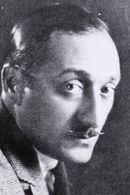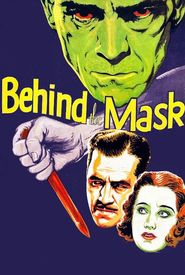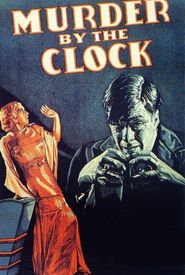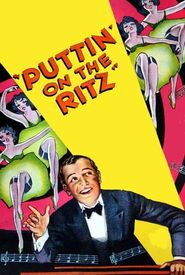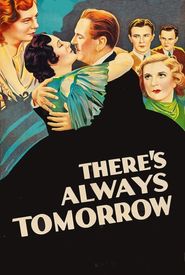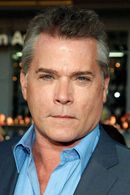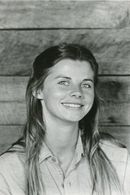Edward Sloman, a British-born individual, was raised in the East End of London and left his home at the tender age of 19 to pursue a career in acting. He spent several years honing his craft in the British theater and later transitioned to directing in both legitimate theater and vaudeville.
However, a disagreement with a powerful booking agent led to Sloman being effectively shut out of the British theatrical circuit. It was then that an actress friend advised him to head to Hollywood in 1915, where he was introduced to director Wilfred Lucas at Universal Pictures.
Initially, Sloman was employed as an actor at a modest salary of $7.50 a day. To make ends meet, he wrote scenarios, which he sold for$25 apiece. One of his war pictures caught the attention of producer Thomas H. Ince, a prominent figure in Hollywood at the time, and this led to Sloman being hired by Lubin Pictures as a director.
Sloman directed several one- and two-reel shorts, but the studio head insisted that he not only direct them but also star in them, which ultimately led to his exhaustion and departure from Lubin. He was eventually hired by independent producer Benjamin B. Hampton in 1919 and given the helm of a big-budget western, The Westerners (1919),which was a significant success.
This success led to Sloman securing steady employment with other independent producers, and he was eventually hired by Universal Pictures (again) to make His People (1925). The film's success resulted in a five-year contract with the studio.
Sloman's most critically acclaimed film, Surrender (1927),starred Russian actor Ivan Mozzhukhin in a story about a beautiful Jewish girl whose Russian village is invaded by Cossacks, and she is given a choice by the Cossack chieftain of either sleeping with him or seeing her village destroyed.
Sloman also directed The Foreign Legion (1928) and We Americans (1928),which received positive reviews, but his career declined somewhat after the advent of talking pictures. He made his last film in 1938 and the following year left the film industry to enter the radio broadcasting field as a writer, producer, and director.
